After a numbing but marvelous train ride westward from Goa, Bianca and I had finally arrived in the ancient capital of the Vijayanagar empire, which is located in present day Hampi. It is one of India's best kept secrets, an underrated wonder of the world, and as the train came to a stop we were excited as well as apprehensive of what lay ahead. We had left behind the tourist-friendly region of Goa and had now ventured deeper into the heart of Karnataka.
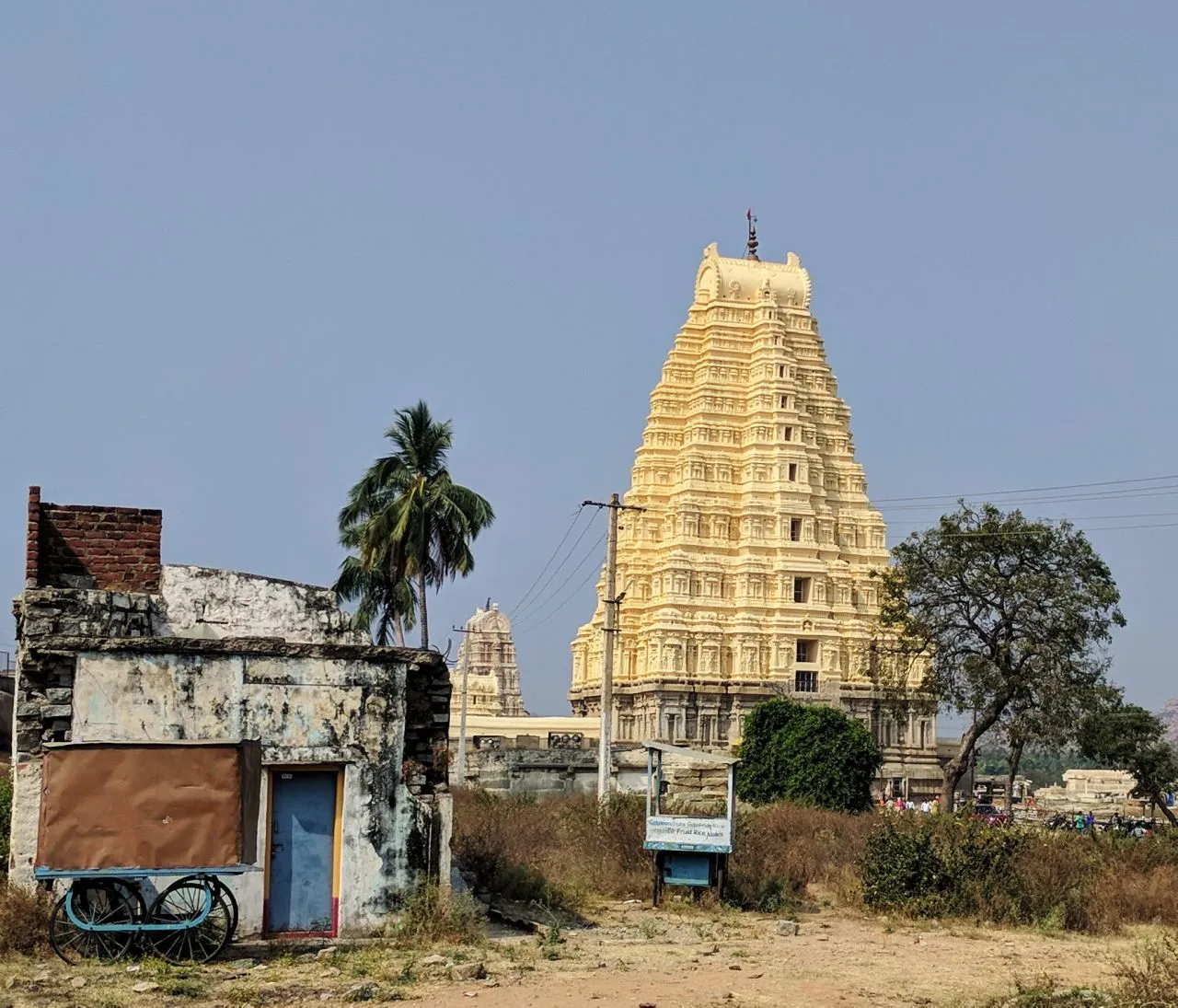
Virukapsha Temple
The history of this empire is not entirely clear, but a colorful and thorough account was written by Robert Sewell in 1900, A Forgotten Empire (Vijayanagar): A Contribution to the History of India. I read the updated version of this book (Sewell et al., 2000) while traveling through that fabled land, and it was a great guide that made the places come alive.
Sewell places the founding of the empire in 1336 ACE, after the fabled Sultan or King of Delhi named Muhammad Taghlaq sent forth his armies to the southern regions and seized the town of Anegundi.
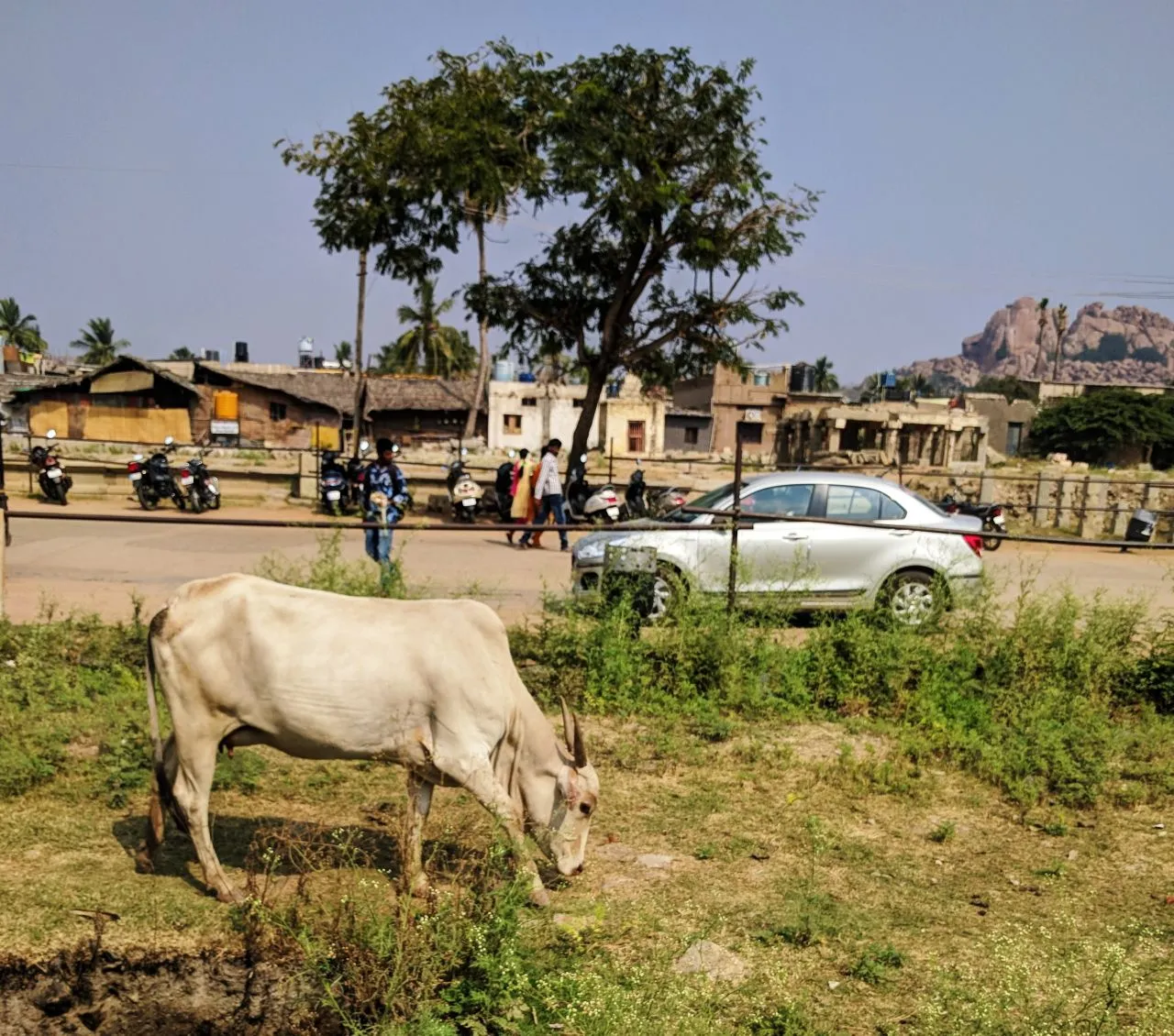
Muhammad Taghlaq was said to be a Moor, and he was revered as a saint by some Hindus. He was fierce and blood-thirsty but also kind and generous. Many tales abound about this ancient Sultan's accomplishments and excesses, and as they form the foundation of this empire, it is worth reviewing a few of them.
He was a great conqueror, he held a large part of this earth under his dominion, he subdued… kings, and slew them, and flayed them, and brought their skins with him; so that besides his own names, he received the nickname... which means 'lord of...skins of kings'
From the chronicles of Nuniz as quoted in Sewell (2002)
The skin thing is not a metaphor apparently, and not a week went by without someone being (gruesomely) put to death in his kingdom. He had a fiery temper and easily flew into rages. It is said that he once lost the plot after a ray of light entered his bedroom while he was dressing, so he then gathered his army to find the offending party… chiefly the sun. After the horses kicked up enough dust to blot out the sun, then the sultan was convinced by his generals that his mission had been accomplished.
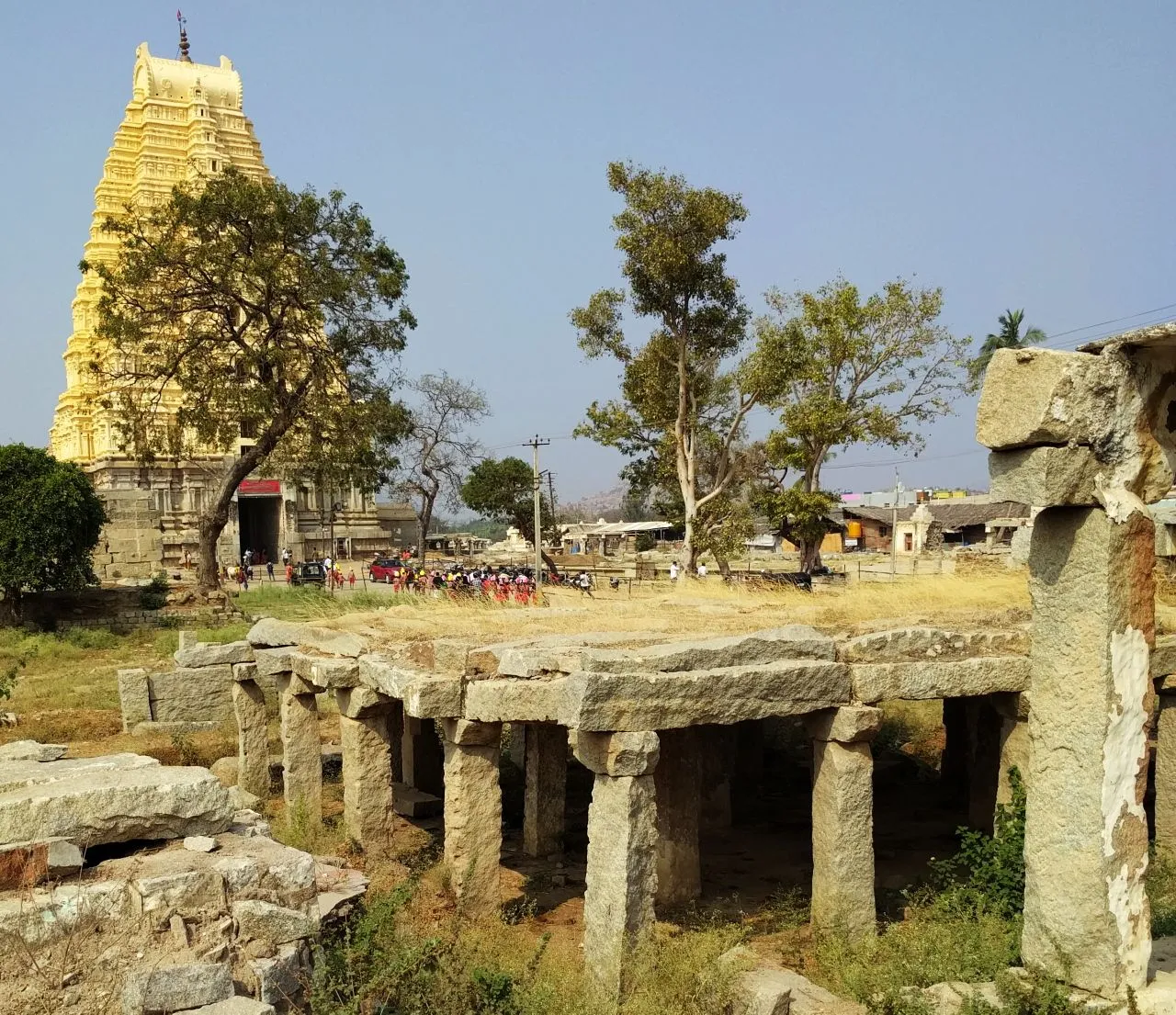
As soon as we set foot on the train station, we were approached by a tuk-tuk driver eager to take us. We wanted to see what other options were available outside the station, so we tried to ignore him, but he was relentless in his pursuit. Outside the station, it was beeps, cars, motorcycles, and all sorts of chaos. So, we decided to take the driver's offer. Promptly, he brough his old rickety machine and drove us fiendishly through the busy streets. He would stop in the middle of traffic, and talk to other drivers as if conducting business. We finally arrived at the hotel, and we were received cordially by attendants who helped me with the bags but ignored Bianca, much to her chagrin. We would learn throughout the trip that the (usually male) attendants tend to ignore females and dote on the male instead, perhaps because of some traditional custom or sign of respect.
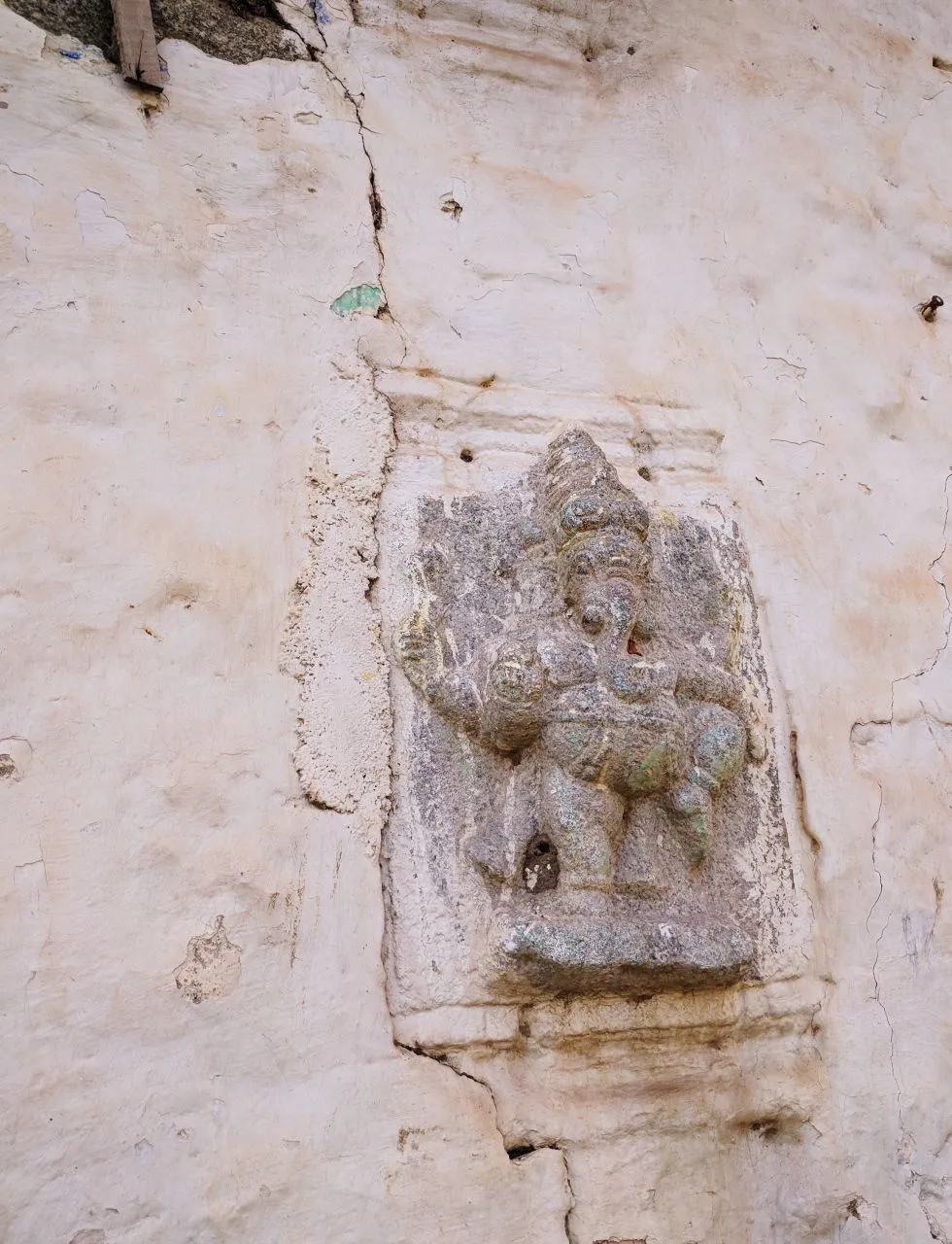
Another story tells how the King of Delhi got into his mind that the island of Ceyllao was full of gold and jewels, so he set out on an expedition to find said treasures. As he didn’t have enough ships to cross the ocean and get onto the island, he decided to fill the space between it and the main land with dirt. Eventually, his wily generals concocted a plan and led the sultan to believe that the king of the island had sent him gold and jewels, so he would cease and desist the now very expensive operation of filling the ocean with dirt. Satisfied, the sultan took the bounty and stopped his wacky endeavor.
The King of Delhi was said to be ‘one of the wonders of the age’, for beside his propensity to stuff the skin of his enemies, he was also very liberal in ideas, patron of the arts, founders of hospitals and alm houses for widows and orphans. He was skilled in the sciences such as astronomy, physics, philosophy, and the metaphysics of ancient Greece (Nunes et al., 2002).
Muhammad Taghlaq was also a man of vision and pursued wild schemes that he tried to implement “by equally irrational means” (Chronicles of Nuniz as quoted in Sewell et al., 2000) As examples, he raised an army of 370,000 men to invade Persia but nothing came of it. He sent 100,000 men to invade China but most of them perished in the Himalayas, and those who survived were put to death. Ruined the economy by issuing copper tokens instead of gold causing loss of credit and destruction of trade. This led to his raising of taxes, destroying agriculture in the process, and causing the farmers to turn to highway robbery as they ended up on the brink of starvation. Perhaps one of the most outrageous schemes was his transferring the capital from Delhi to Devagiri, and ordered every inhabitant to evacuate the city or else. It is said that when he found that a bed-ridden man and a blind man had not obeyed the orders, he had the former shot out of a ballista and the latter dragged for ten days until his limbs fell off and only the leg was thrown in the new capital. Delhi became a desert. He then changed his mind and tried to re-people it and more hijinks ensued. Unfortunately, I cannot corroborate any of these fantastic tales described in Sewell et al.'s (2000) version of events.
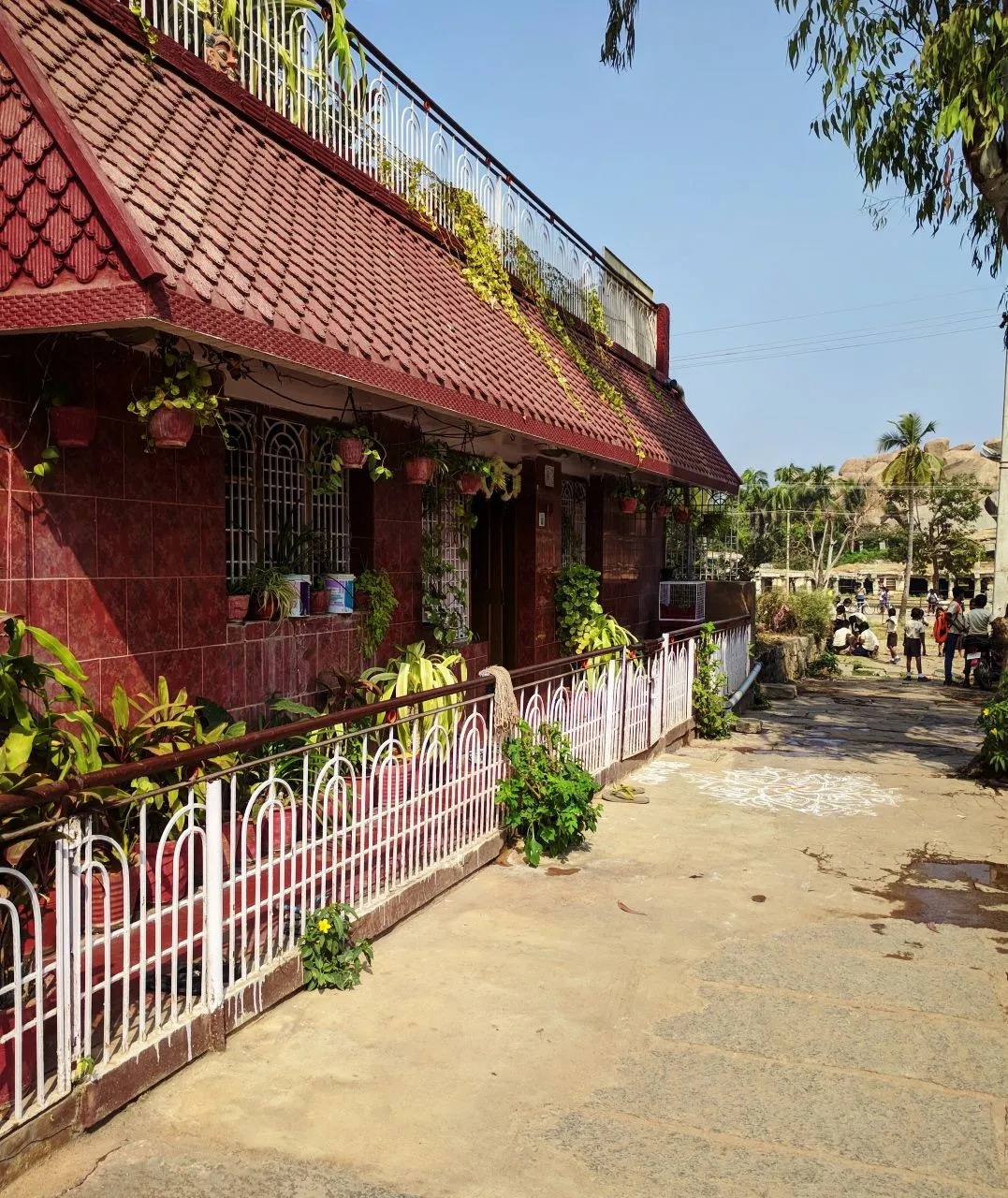

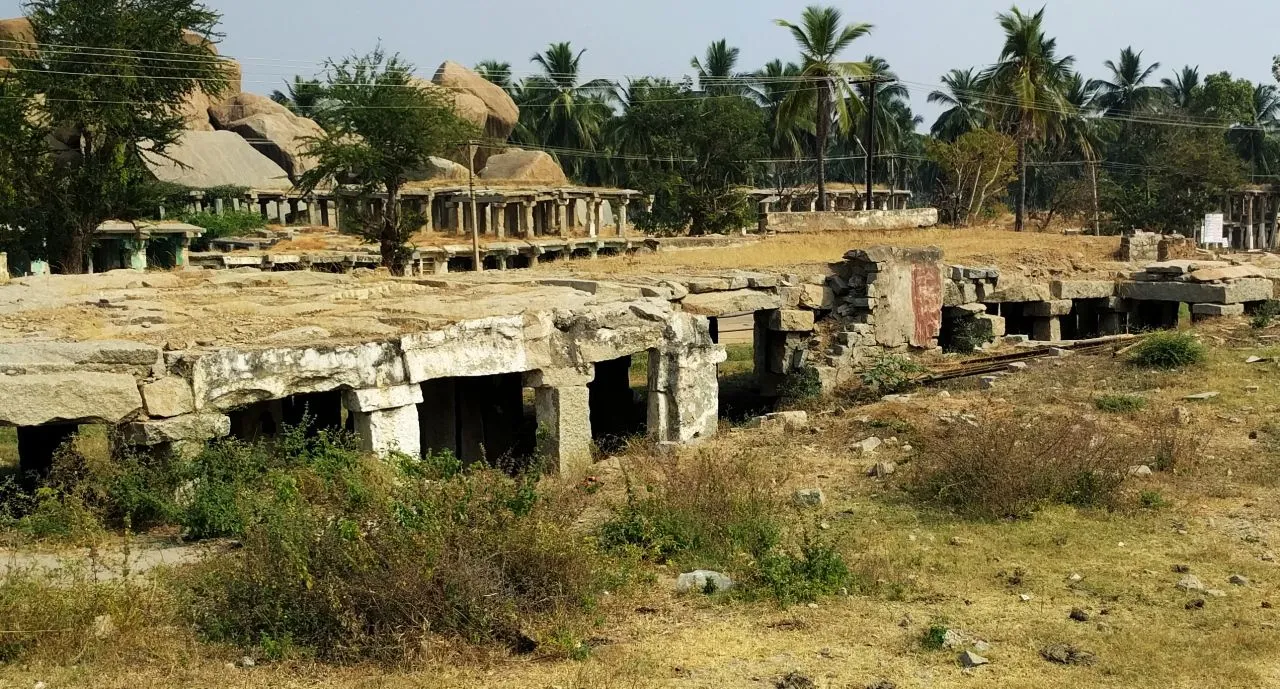

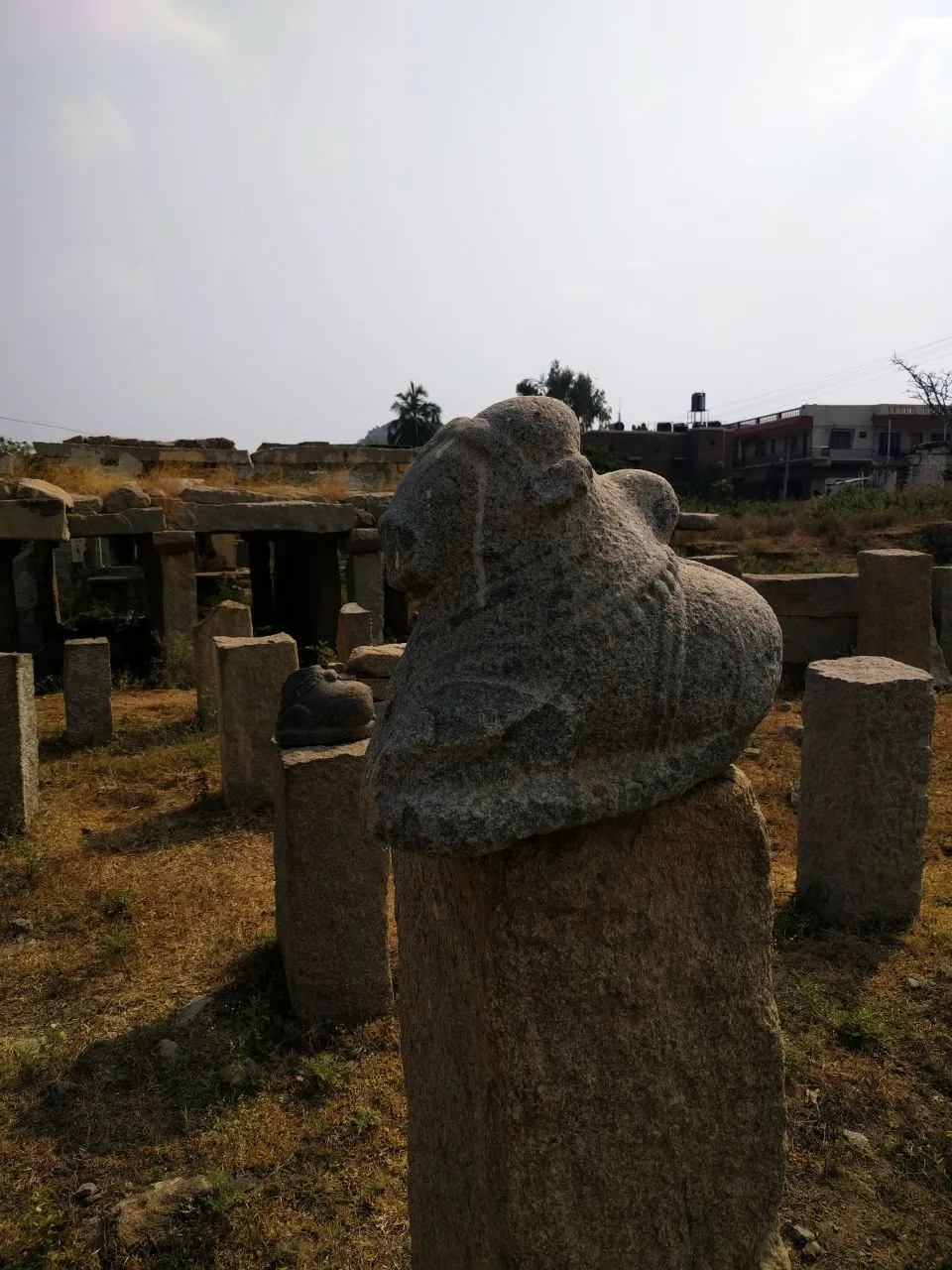
It is this “saint with the heart of a devil, or a fiend with the soul of a saint”, the one who conquered the fortress of Anegundi in the south. Later, after the local leaders rebelled, they founded a new city opposite the bank of the river, Vijayanagara, now known as Hampi. In time, the city transformed into a kingdom, and then went on to become a formidable empire for three centuries until it fell.
In the hotel room, we looked out the window and saw the city in its raw splendor. Then we heard the call to prayers echoing across the city. In 1565, the Vijayanagara empire fell under Muslim rule. Centuries of Hindu rule of this region had come to an end, and India entered a new chapter in its history.
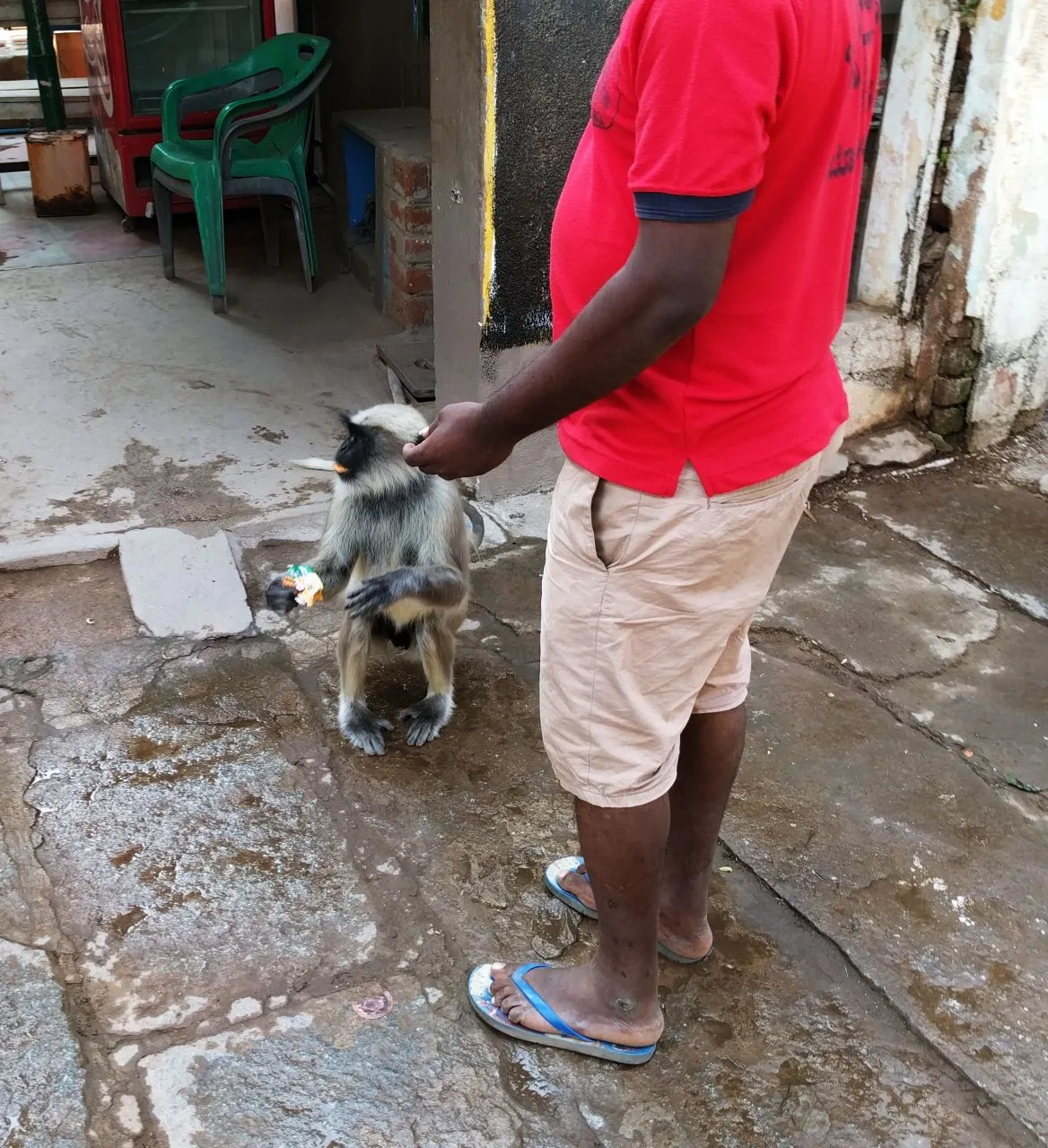
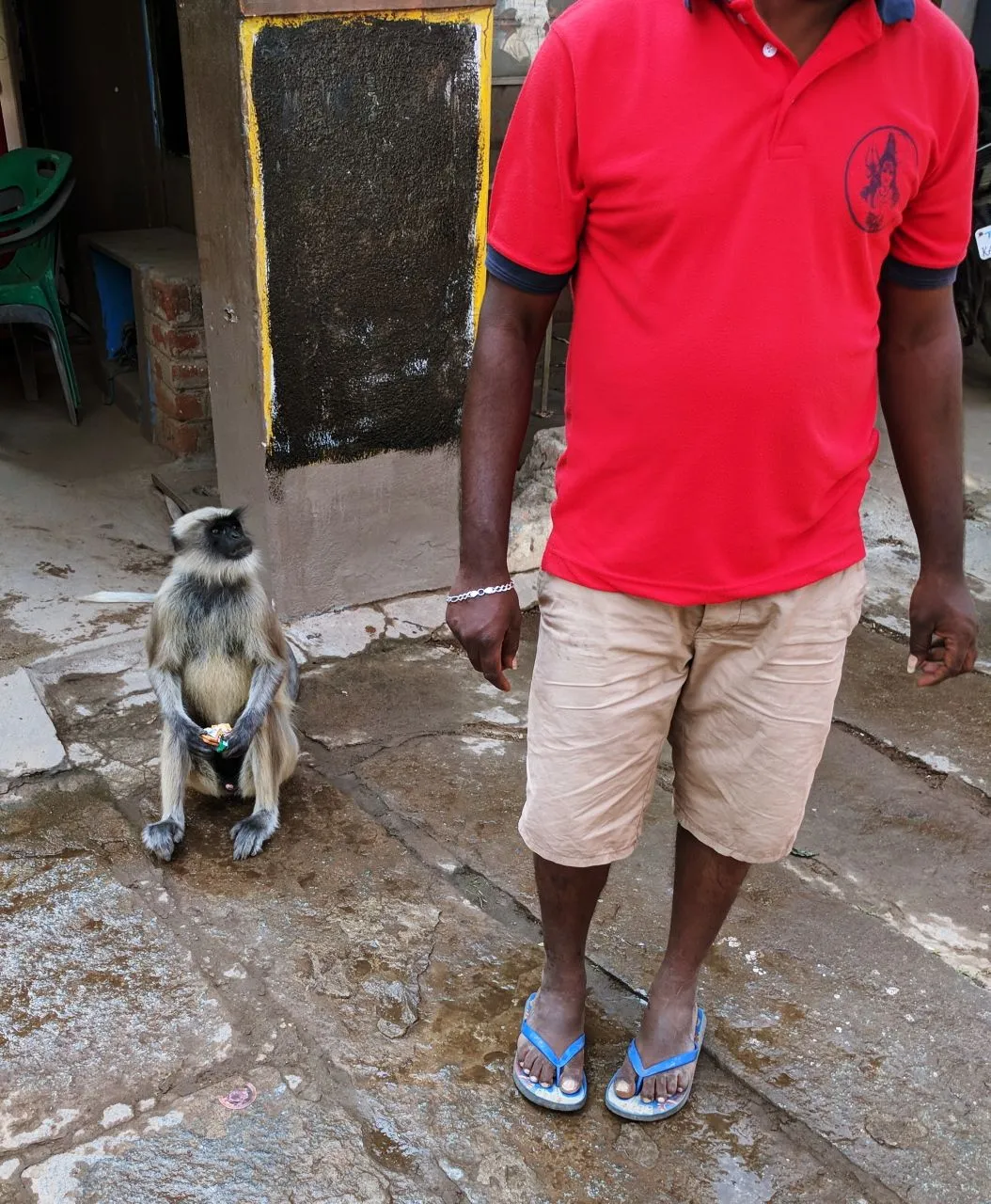
Sources
Sewell, Robert, Fernão Nunes, and Domingos Paes. 2000. A Forgotten Empire (Vijayanagar): A Contribution to the History of India. Asian Educational Services.
Vijayanagara Empire wikipedia page
https://en.wikipedia.org/wiki/Vijayanagara_Empire
Dive into another section:
1.1, 1.2, 1.3, 1.4, 2.1, 2.2, 2.3, 2.4, 3, 4.1, 4.2, 4.3, 5.1, 5.2, 6.1, 6-8, 9, 10, 11.1

Images by @litguru using a Nexus 6P